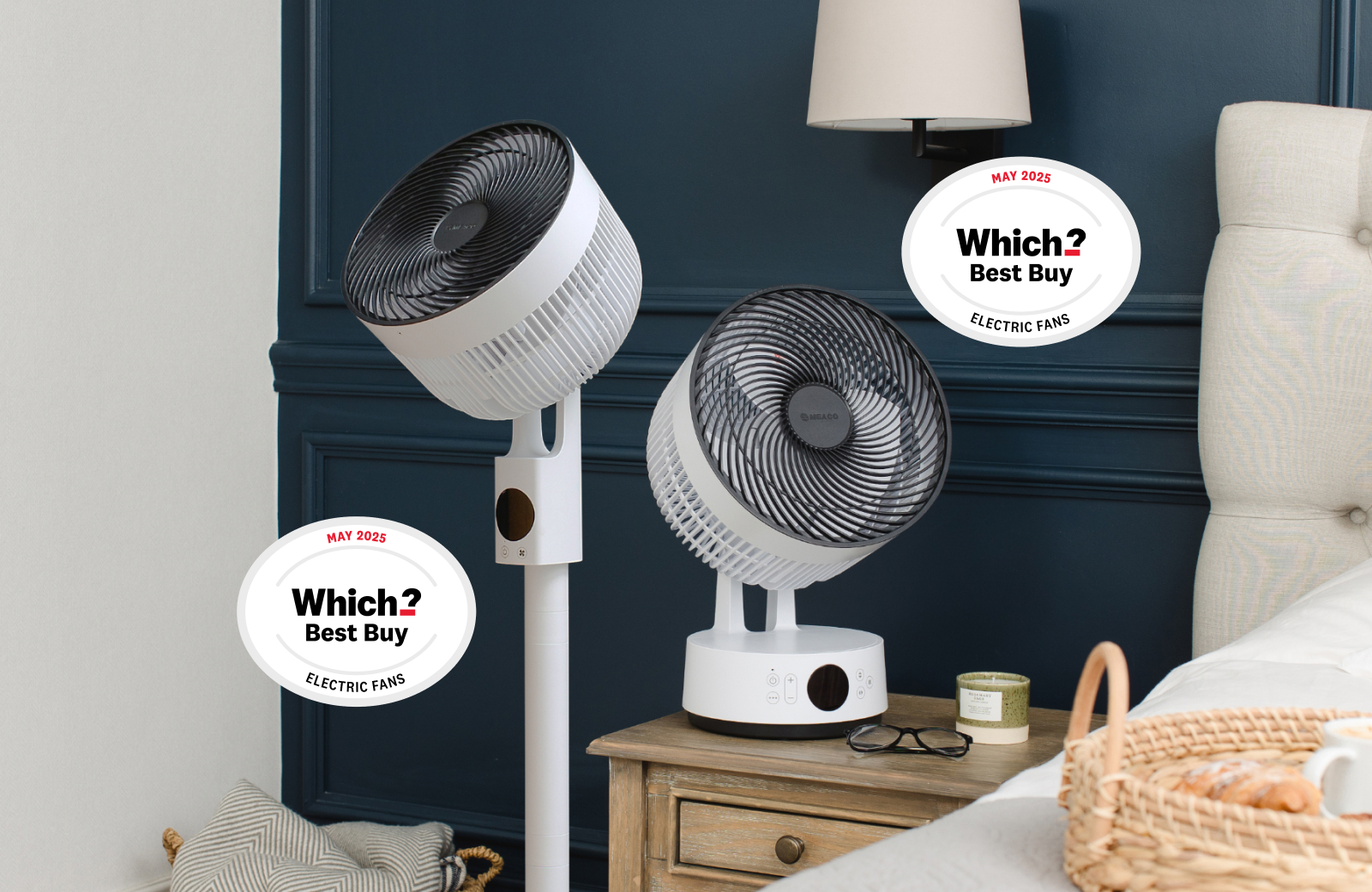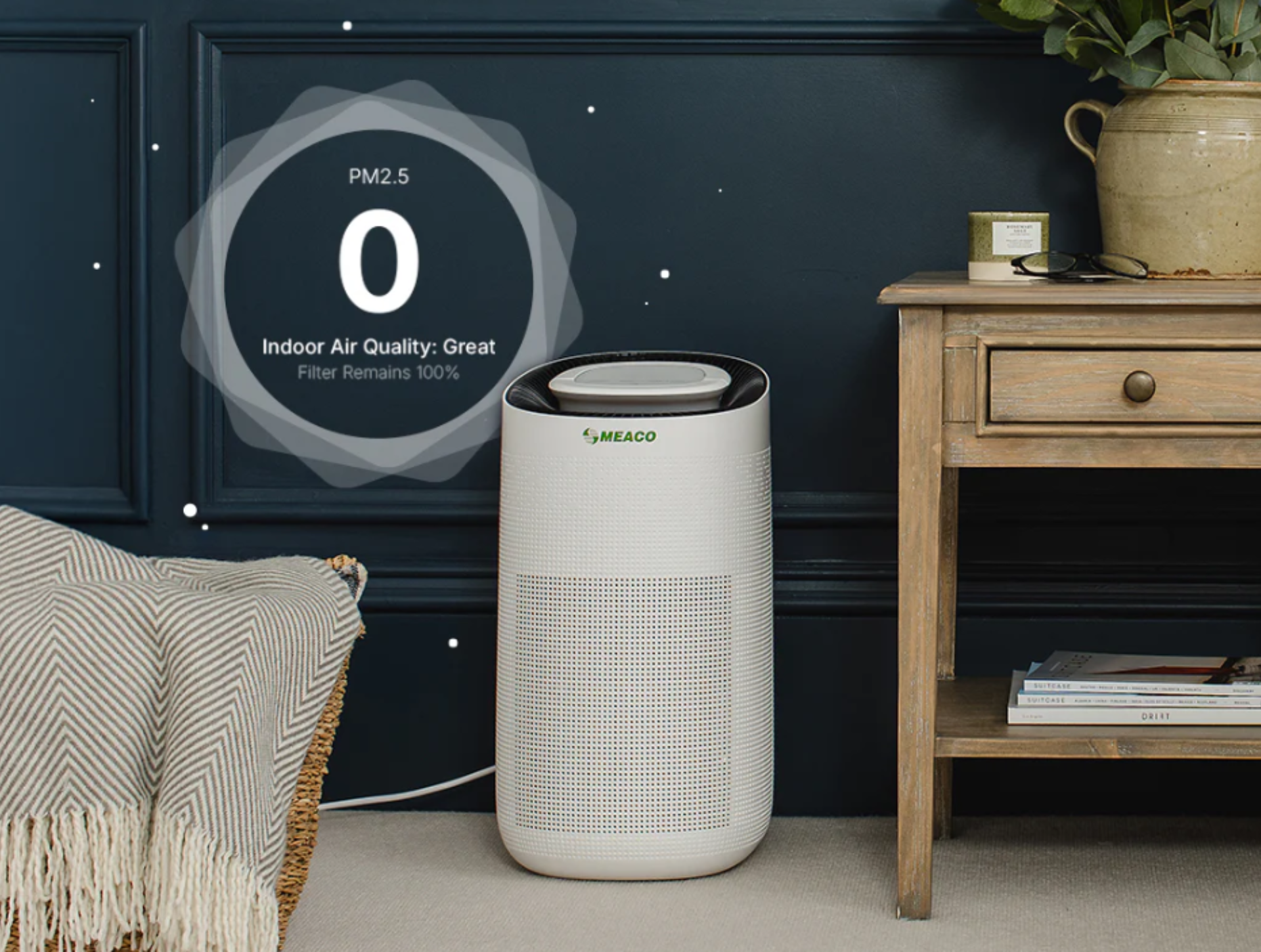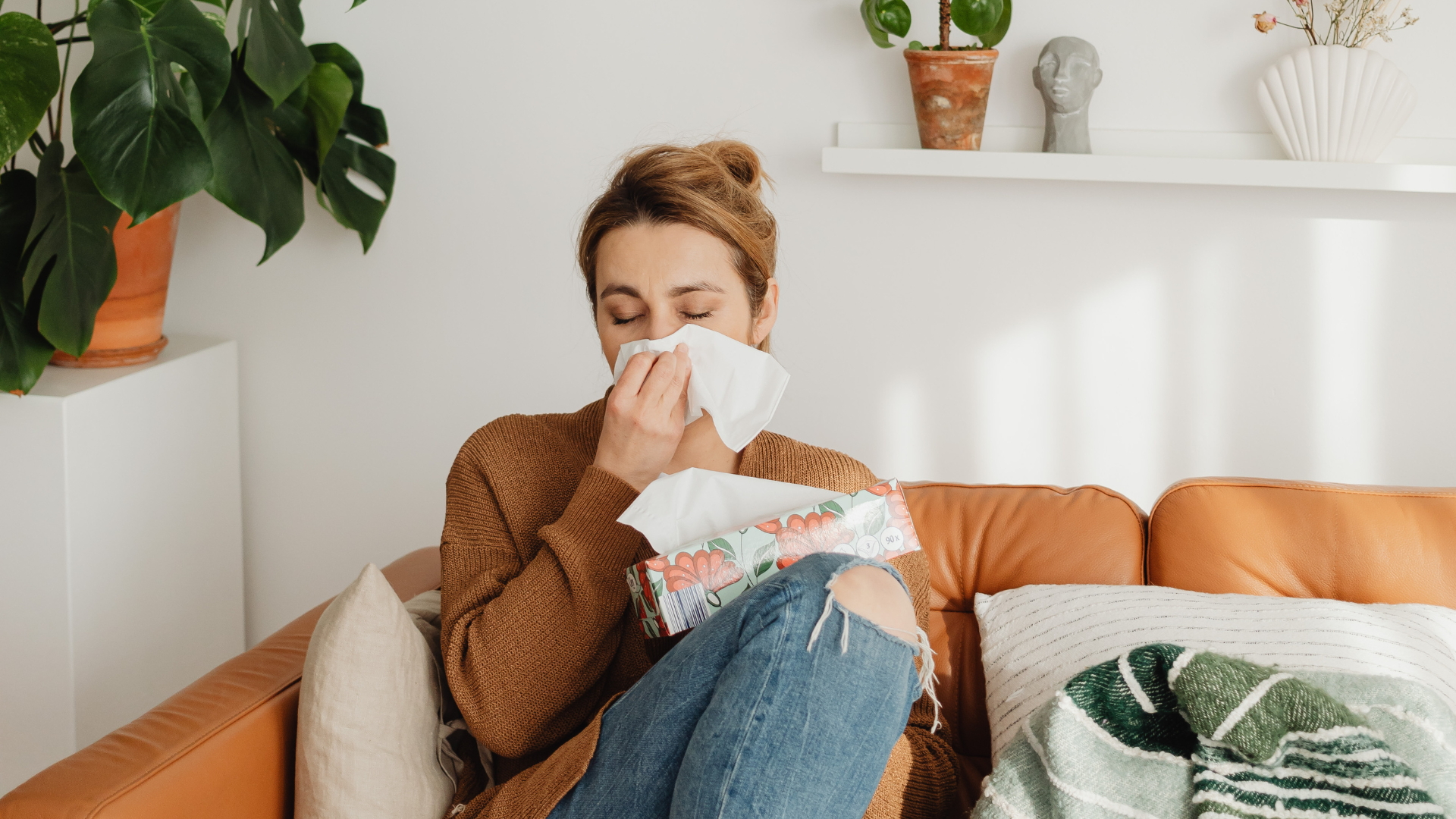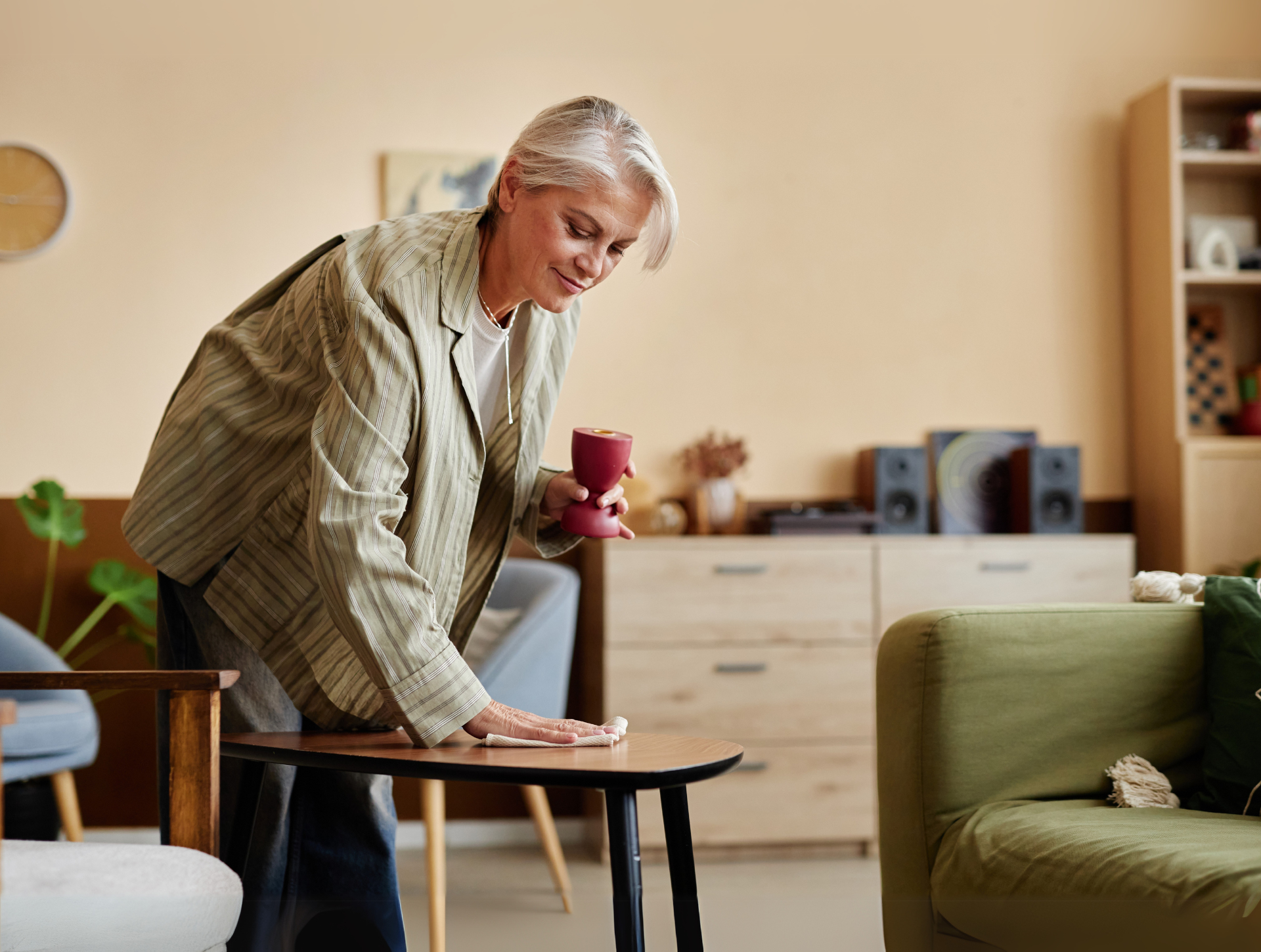One of the most common questions we get on the telephone involves those customers who have bought some type of relative humidity meter and are using it to check on the dehumidifier’s performance. The perceived disparity between the performance of the dehumidifier and the readings on the meter then raise one of two questions. “Why is it still running” or “Why is it not running?”
A dehumidifier has a humidistat which means that it should run until it gets to the target relative humidity and then it should stop dehumidifying and only turn itself back on when the relative humidity goes back up.
This would be the same as a thermostat on a radiator turning the radiator off and on as the temperature goes up and down.
So customers quite rightly have it in their head that their dehumidifier will turn off and on at some point.
Measuring relative humidity is not as simple as measuring temperature.
Measuring relative humidity has never been as simple as measuring temperature, for as long as I can remember it has been quite straight forward, for not a huge amount of money, to measure temperature to within 0.5°C or better and for the thermometer to remain stable for several years.
Relative humidity sensors on the other hand tend to struggle to measure to much better than plus or minus 5%rh in the first place and are susceptible to drift over time. There a couple of points there to be taken on board before we go any further. Firstly why do I write about plus or minus a percentage? When you look at a reading on a relative humidity meter it might say 45%rh, but this does not mean that it is 45%rh, it means that if the meters accuracy is +/-5%rh then the relative humidity is somewhere between 40 and 50%rh. So to understand what a meter is telling us we need to know its accuracy which will always be stated as +/- a number.
I also mentioned drift; this is best understood if you think about your watch. You will accept that your watch might be a bit fast or a bit slow, this would relate to its accuracy. But over time does your watch lose 3 minutes a year, or maybe gains 10 minutes a year? This movement and potential lose of accuracy every year is its drift, something that relative humidity meters suffer from.
When the relative humidity meter leaves the factory it will be set up to read accurately within it’s specification but over time it will drift away from this, usually at a rate of 2-5%rh per year. Manufacturers will expect users to either calibrate their humidity yearly (calibration means to reset the device against a trusted standard, but like setting your watch against the speaking clock) or replace them every few years. But if we are honest with ourselves domestic users will do neither.
So now we have a combination of accuracy and the band that this creates and drift over time, you can start to see now why measuring relative humidity has been described as a black art!
To be honest unless you have paid under around £70.00 for your humidity meter then you probably have something that is cheap and cheerful and at best is just a wet and dry guide. When I talk about £70.00 I mean for the humidity meter alone and not one of these weather stations that are quite popular these days. To compound the problem most meters below this price will have an accuracy of +/-5%rh in the mid range moving to +/- 7%rh below 30%rh and above 70%rh, all of which increases our margin of error when we look at the screen.
That is the meter dealt with, next we have its environment.
We call these measurements relative humidity because they are relative in this case to temperature. If you are measuring the relative humidity in a room at 22°C and 50%rh and forgetting the influence of a dehumidifier or any other outside interference from a humidifier or humans etc if the temperature drops to 21°C then the relative humidity will rise to 53%rh on it’s own. If we were at the extremes of relative humidity at the top or bottom of the scale then the relative humidity would move by 5 or 7%rh with every movement of 1°C. The movement is always inverse, as temperature increases then relative humidity falls and so on.
This is why it is important not to put your humidity meter, or your dehumidifier for that matter, in front of a heat source like a radiator or a window. So if you have your humidity meter on one side of the room and your dehumidifier on the other side of the room then they could be reading different humidities just because of where they are. Add in factors like drafts, humans beings close by (we give off heat and moisture, trying blowing on your humidity meter and see what happens), moisture from sinks, bathrooms, drying laundry etc and you can see that there are several factors that can influence a relative humidity reading.
You could put the humidity meter above the dehumidifier but that is a bad idea too. The air coming out of the dehumidifier is warm and dry, especially on desiccant dehumidifiers, and this too would give a false reading. The air above a dehumidifier like the Meaco DD8L for example is about 10°C warmer than room temperature and very dry, so anything in its air flow will read the wrong reading.
Speed of reaction is another problem, the dehumidifier has its fan drawing air across it sensor to help it measure the latest room reading and spot fluctuations, the humidity meter does not benefit from this and might be suffering from a lack of airflow over its sensor. It might also be quite slow to react or only measure in steps of 5%rh. Trying blowing over the sensor, how quickly does it react and how long does it take it to settle back down. If you run it through this cycle a few times does it settle back down to the original reading?
How does a dehumidifier actually measure the room conditions?
So how does the dehumidifier measure the room conditions? Dehumidifiers have small electronic sensors behind the filter where the air comes into the dehumidifier from the room. This is the best and most sensible place for them to sample the air. Quite deliberately dehumidifiers do not try and be any more accurate than +/-5%rh because they do not want to be turning themselves on and off too frequently if the relative humidity is hovering around the target relative humidity. Avoiding this sort of on/off/on/off control makes the dehumidifier last longer.
As long as the filter is kept clean then the dehumidifier will give you a reliable room reading.
So now we have to add in the accuracy of the dehumidifier, whether the filter is clean, the accuracy of the humidity meter, the drift over time of the two different sensors, their relative positions and the relative conditions within the room.
So as I say to customers when they call, it is not such a straight forward answer to what seems like a simple question!
Products featured: Dehumidifier








62 responses
Hello,
I have received my new Arete One 20L, and it is up and running. My house was daily at 75% humidity (old building with very bad ventilation in Berlin), and after 12 hours with the Arete in operation it is now at 55%!
I have 2 questions:
1) In case of having to calibrate the humidity sensor of the Arete, is it necessary to send the Arete to service, is this something that is done free of charge during the warranty time?.
2) How long is the estimated lifetime of the humidity sensor to be reliable?
Thank you!
Diego,
Thank you for your question.
Humidity sensors rarely go out of calibration, they can become inaccurate due to dust and dirt over time building up on and around it, your local seller may offer a standard service charge to look at the unit. The lifetime will depend on the type of use and how clean the environment is.
Hope this helps.
Omar@Meaco.
After reading through all the comments here I now understand that not all humidity sensors are the same and to expect a lot of variation within the % shown.
However what I don’t understand is why my Meaco is showing a vast difference than all my other humidity sensors.
For clarity, I have put all my sensors in one room and left for 24hr. I have then calibrated them so they are all showing the exact same % level, as this is a feature I’m able to do with them. All the sensors I have now match ThermPro I have in this picture.
There was not a huge amount of difference between them, I would say within 5% of each other.
I have left them for a further 7 days to then take a look at the readings. Suffice to say they are all within 1% of each other.
Our bedroom this morning was feeling incredibly damp, I’ve opened up all the doors on the wardrobe and got the infamous smell of damp clothes, you can tell we are well and truly into Autumn.
I’ve had the Meaco on for a few hours now and it is steadily bringing down the humidity, but the different reading from all my sensors and the Meaco are quite staggering.
I’ve had to put the unit on CO to keep it running otherwise it shuts down after half an hour.
So my question is, is the sensor on my unit broken? – as it appears so.
Thank you for your comment,
The issue could be a result of a blocked sensor requiring calibration, perhaps it could be covered with dust/dirt and that is affecting the reading.
Please have a look to clean this and trial it from there to check for differences in performance/readings. The heat from the dehumidifier could also be a factor that is affecting the reading on your hygrometer. This is very common. The user will see the humidity reader over the dehumidifier. It needs to be pointed out that his humidity reader can only give a reading of the humidity at the very one point it sits. The dehumidifier brings air in from all over the room to the sensor so will give a more accurate reading of the ambient humidity.
The issue with weather stations is that they are static and can only give you an RH reading at the very point they are sat. But the dehumidifier is bringing the air in from all over the house via the fan. So you will get a much more accurate reading of the RH overall. Plus the humidity sensor on a weather station tends to be a cheap variety ( +/- 5% ) coupled with the fact that they cannot be calibrated and will drift over time, so within 12 months they can easily be +/- 10% out.
I would always believe the dehumidifier over a static humidity reader.
I hope this helps.
Omar@Meaco
Your article offers an insightful perspective on the perplexing differences between dehumidifier readings and humidity meters. The technical nuances you’ve covered, such as calibration and placement, are highly informative. Including troubleshooting steps for readers facing discrepancies would be beneficial. Your dedication to clarifying this issue is commendable.
Thank you for your kind words, it is very much appreciated.
Hi Chris,
I have a Arete One 25L that I put in the kitchen overnight as we have high humidity in this room. The setting is on 45 and the dehumidifier turns off when it gets to 42 as expected. However, while the dehumidifier is off, I know for a fact that the humidity levels go up again to around 60% and would expect the display on the dehumidifier to show this increase in real time but it stays at 42, even when it turns on again after 30 minutes to check the humidity levels.
If I turn it off and on again it then shows the humidity levels I expect, and starts dehumidifying fine.
It only seems to be a problem when it set to 45..Don’t have the issue when it’s set to 50 or 55.
Any ideas?
Alexandra,
Thank you for your purchase, the dehumidifier does not read the room relative humidity when the fan is turned off, without the fan it would only be reading it’s internal relative humidity. When the machine wakes after 30 minutes the fan will run for two minutes and will then sample an accurate reading from the room. You might see a different reading from the other side of the room? But the unit should return you an accurate reading for the air that is in it’s airflow.
If I have a situation at home where i know that moisture is going to be created (we have ours outside the shower room), I change the target relative humidity and this starts the machine running for longer, which pulls in more air and this results in the machine dehumidifying the damp air from the shower room. this approach might work for you in the kitchen.
Chris
Hi Chris,
Excellent article, and it answered the question I had (about 10-15% difference between my Meaco ABC and a cheap hygrometer)
Having read the article, one thing made me wonder. You mentioned that the humidity sensors’ readings are susceptible to a 2-5%rh drift per year – does that mean that my 3 year old dehumidifier is now potentially 6-15% +/- 5% off? That’s a whopping 20% in the worst case! Therefore it’s either running when there is no need to (it is dry enough but the sensor reads high), or it isn’t running when it should (it is too humid but the sensor reads low)
Paul,
Thank you. In theory that could be the case but because all sensors have different characteristics it is impossible to say, it could also have started to drift back! Only calibration against a certified device would tell for sure. But if you are happy with what it is doing for you I would not worry too much.
Chris
Thank you Chris. I’m very happy with the dehumidifier – it really helps with the condensation in my flat. It also “feels” about right (I set it to 50%rh and it doesn’t feel too dry or too humid) – so I won’t worry about it.
I bought a meaco arete one 12L. I use a testo 608-h1 with calibratio certificate right in the location where the sensor is located and it shows a difference of -4 to- 6%rh to the dehumidifierso the humidifier keeps running. Is there a way to calibrate the internal sensor ?
Florian,
Thank you for your purchase and your question. The sensor on the dehumidifier has an accuracy of +/-5%rh and the Testo is +/-3%rh, so in effect they could both be agreeing or they could be both further apart. On this type of application that level of uncertainty would be acceptable and you would not do anything about it. What you have done is a calibration, but there is no ability to adjust on the Arete, just as there isn’t on the 608.
regards
Chris
I have recently bought Arete 20l as my new AEG AX9 air purifier indicated humidity levels in the range of 68%.
I run it out of the box and humidity according to arete sensor came down from above 65 levels to around 55… Then switched off automatically but never restarted. I unplugged and replugged and humidity levels were below 50%.
That was strange and same happening after being off the entire night.
In the meantime my AEG air purifier still shows ranges just above 65%.
Is the Meaco faulty?
Thanks
Stefano,
Thank you for your purchase and your message. Changes are that the relative humidity sensor in Arete is correct because we use good quality sensors because this is at the heart of what we do. If I was looking at this I would ask if both the sensors are in exactly the same space and reading the same air, if they are on opposite sides of a room or in different rooms then the difference in readings might be seen as normal. Also when comparing readings are the fans on both machines running, I would not worry too much about a reading that is taken when the fan is turned off.
Chris
Thanks Michael.
I appreciate your confidence in the product but I have never seen a London English house with less than 50% humidity after two days of dehumidifier being off!!!
Let’s just say hygrometer need to be properly calibrated! How can I do that? Or shall I just send the product back to John Lewis who also agree to be very odd!
Stefano,
I can assure you that it is common for homes to be at low humidities for long periods of time, there will be occasions across the winter where the relative humidity will be naturally less than 30%rh even without any help from a dehumidifier, these situations can last for weeks. This level of detail is not the sort of thing that we would expect staff at John Lewis to understand. With low levels of rainfall over the past 6 weeks having a lower relative humidity is not a surprise, if we start to get some rain over the next week then humidities could nudge upwards.
For a transfer calibration and general range of thermohygromenters the Testo range is very good and a device like the 605i would be appropriate – https://www.testo.com/en-UK/testo-605i/p/0560-2605-02
regards
Chris
Dear Chris,
unfortunately it seems humidity has suddendly disappeared from my house 365 days a year. The Arete never appear to show level of humidity above 40% hence not working. There is nothing about the heating being on or not this time. I even tried to switch it on a rainy day with balcony window open and still nothing…BBC weather and other local air quality official reading showing humidity well above 40%.
Still believe the sensor is telling me the truth?
Thanks
Stefano,
Until the rain came this week Britain has been struggling with very low humidity for months now. You cannot compare the relative humidity in your house with readings taken on a weather station many miles away, the two are not comparable I am afraid. What you will find is that as the outside air temperature starts to drop as we move into Autumn then the air in your house will be regulated by your daily activity as you start to close your windows . The moisture content in the house will increase with the moisture from cooking, the kettle, showering, bathing, breathing and drying washing starts to get trapped in the house. As you do these things you will see the dehumidifier react and it will work more often.
Chris
Perhaps my last comment has been misunderstood as I was referring the last 365 days in the UK , not the last few days when the rain came!
I found it very frustrating to see the lack of open mind to reckognize a fault, all you saying Chris is possible but remain only a possibility.
A dehumidifier that initially worked when purchased and change behaviour, when kept in a basement which is less impacted by the weather conditions above ground sounds very odd to me. Perhaps is just an attempt to push the matter until is out of warranty?
Stefano,
Arete has a five year warranty so we certainly are not looking to push back for five years! We have a huge amount of experience in these matters and we are just trying to share with you this knowledge. I can see that you last messaged 12 months ago along a similar vain.
It will be worth making sure that the filter is clean so that the air is getting to the sensor.
Next time you have a shower I would turn the extractor fan off and keep the window closed, afterwards position the dehumidifier in the room with the door closed and set it to CO and see how it reacts to this environment.
Chris
Hi,
Please can you help with a little advice. I have 3 small Chinese hygrometers and have just performed the salt in a bag test, using zip seal bags and big lids full of dampened salt. They have all come up with a reading of 70 to 71% when I read this should be 75% So in general their readings should register 4% lower than in reality. However I also have 2 big de-humidifiers which are only a few months old, however when tested in numerous positions in rooms and which the cheapies also in various positions, the small Chinese hygrometers will generally show 60% and the big dehumidifiers will show around 40%. So in reality it’s probably 65% whereas the big dehumidifiers in theory say it’s between 35 to 45%
Does this mean both my big expensive de-humidifiers are faulty. Surely that is unlikely and is there any way i can, through ‘any’ method, reliably find the humidity level within 5 % or so in any particular space in any room. I’m happy to use a bit of wet seaweed if that works.
Thanks
R
The only way to do a proper test would be to buy a calibrated hygrometer like the Testo range and put the hygrometer in the airflow at the rear of the dehumidifier to get a proper room reading (where the air is flowing).
Hello, we live in a 106 sq meter house. It has one bedroom and is in a forest. An entire wall is double glazed sliding glass doors. The ceilings are 11 feet. The area we are in is subjected to damp (it is a forest). We have had your ABC model for a day and the read does not go below 72 – do we need to give it more time?
Arnold,
Thank you for your purchase. These things take time as the dehumidifier has a lot of work to do. It takes about a month to dry a space out when the dehumidifier first goes in there.
Chris
Zambezi dd8l dehumidifier
It’s not cycling despite the fact the humidity is below the target 55%.
Do I need to clean the sensor with hair dryer as per your troubleshooting. If so, where is the sensor?
Many thanks,
Doug
Doug,
It should go to sleep when you see a reading below 55%rh on the screen. If this is not the case then you can blow through the sensor behind the filter.
Chris